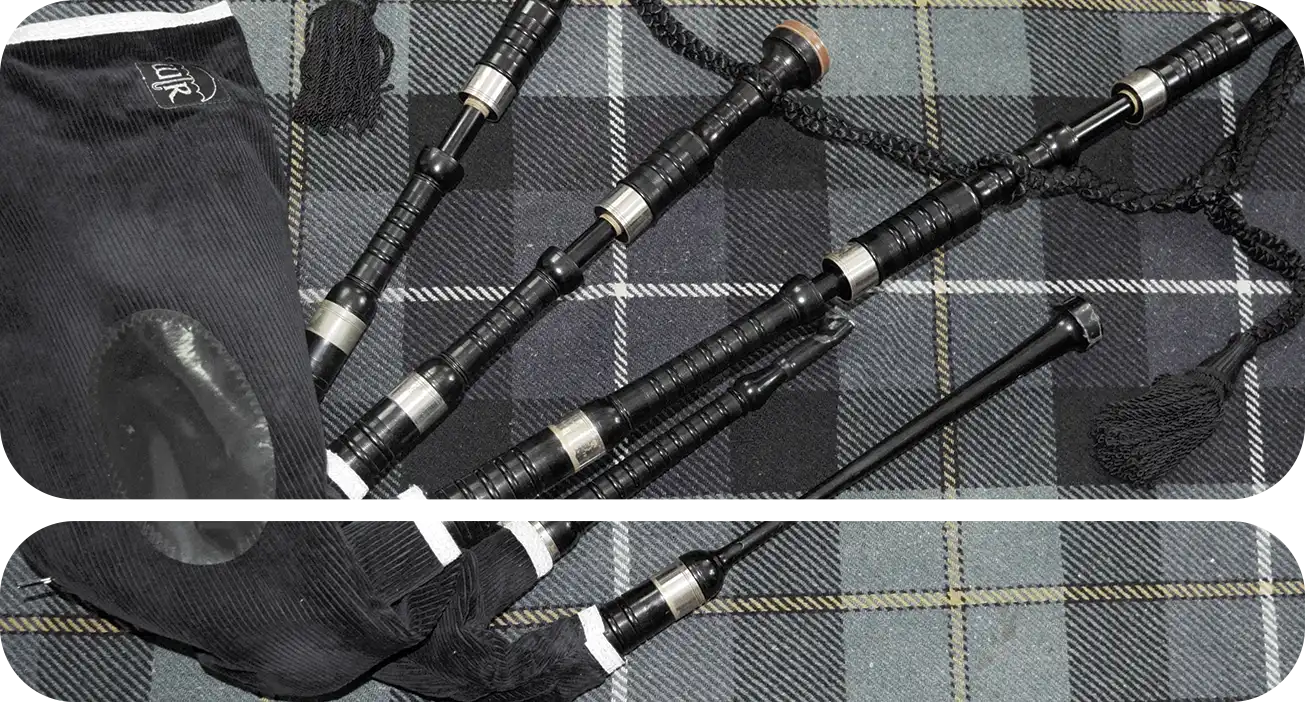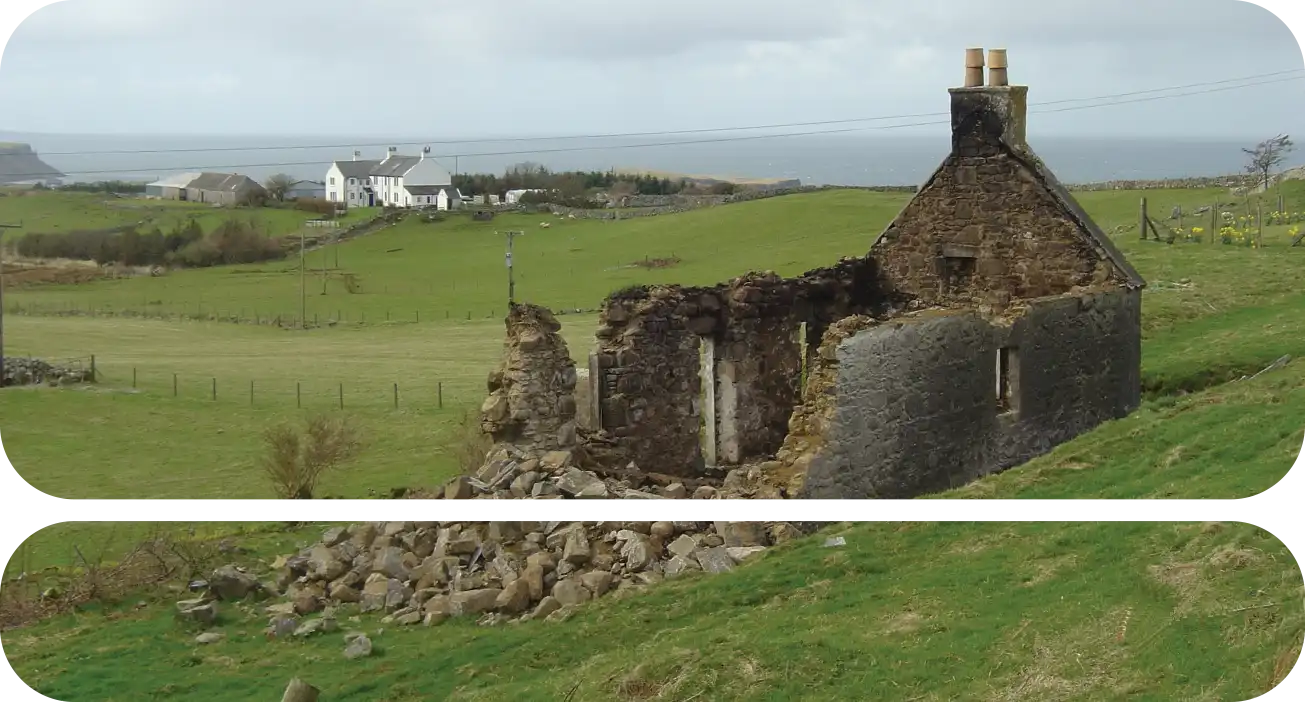
The authentic classical music of the Highland bagpipe available for download



Pìobaireachd is a centuries-old art music from the Highlands of Scotland, played on the great Highland Bagpipe. It comprises a theme with variations, frequently in rondo form with periodic returns of the theme. This was an aristocratic genre, created by generations of famous families of professional pipers, including the MacCrimmons of Skye, the Rankines of Mull, and the McIntyres of Perthshire. There are some four hundred tunes altogether in the repertory.
The Classic Scores Website offers, entirely free, the records of nearly two hundred of the “big tunes” (ceòl mór). The music comes from a range of authentic manuscript and older published sources long difficult of access for the general public. All are out of copyright, so the material may be accessed at will for study or performance. The scores are also accompanied by MP3 recordings which give ideas on timing and interpretation.


Pìobaireachd flourished from the early sixteenth century onwards, and continues to be played and composed to the present day.
Pìobaireachd was committed to paper from at least the later eighteenth century, but it was long sustained by oral tradition. There are numerous signs of this, most noticeably that most of the older compositions have come down not in a single unitary form, but as multiple co-existing variants. In the later eighteenth century when the modern competition system began, events might be spread over two or three days, with a single tune set for the purposes of comparison. Unendurable tedium would be the result in modern times, but this will not have been the case then, since each player would have offered a different version. For knowledgeable audiences, listening to how a specific master handled the tune would constitute a significant part of the appeal. Pipe music is highly ornamented, and extensive tunes occupy a lot of paper, hence for reasons of expense and bulk most modern publications offer a single composite score assembled from a selection of earlier sources and presented as “authoritative”. This—combined with imperatives of competition in which people play to win rather than to explore the interpretational possibilities of the set pieces, has produced a drab musical monoculture. Everybody plays the same few tunes in much the same way, impoverishing the music and seriously reducing for the audience the possibility of illumination or surprise.
But the power of the internet can significantly change this situation. Plentiful bandwidth makes it possible for the first time to represent the full stylistic variety of this lofty and beautiful music and gather together at little cost all the significant scores of any given piece, helping enlarge the audience’s appreciation and assisting the thoughtful player to develop a truly considered and individual style.



Pìobaireachd, the classical music of the Highland Bagpipe, reached the present by a long and complicated route. For many years It existed within a predominantly oral setting, before being committed to paper by a distinguished series of piper-editors during the nineteenth century, including amongst numerous others Donald MacDonald (c.1767-1840), Angus MacKay (1813-1859) and David Glen (1853-1916). Growing musical literacy and cheapening paper encouraged many master players to record their repertory in manuscript form, as an aide-memoire and a resource for teaching and learning. Several of them used these documents as a basis for a formal published collection.





